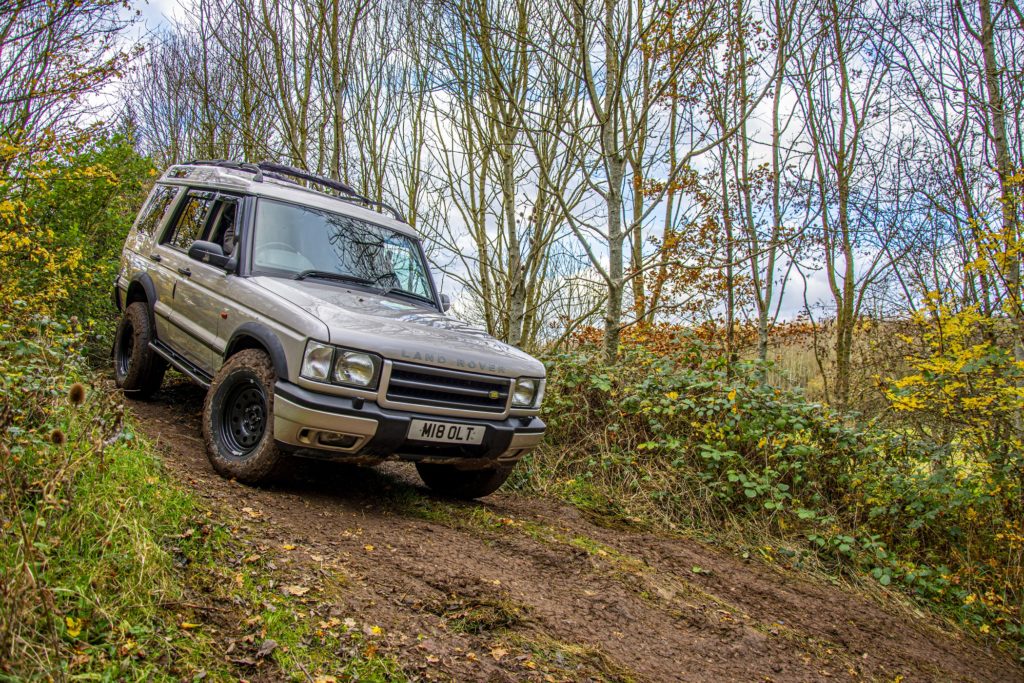With petrol prices on the rise again, Brits are being offered tips on how to keep the fuel gage up after visiting the pumps.
The penny-pinching team at NetVoucherCodes.co.uk have put together their advice for motorists on making fuel last longer.
Among the suggestions is taking anything weighty out of your car, driving smoothly and keeping an eye on tyre pressure.
Other tricks to try to reduce fuel consumption include keeping the heat and air-con to a minimum and combining journeys as often as you can.
A spokesperson for NetVoucherCodes said: “Cash strapped Brits are already feeling the pressure of rising living costs and another hike in fuel costs is going to add to that pressure even further.
“If there are little things that can be done to make fuel stretch that little bit further then it’s certainly worth doing them. Simple things like taking anything weighty out of the boot – we’re all guilty of leaving things lurking in it – and keeping a check on tyre pressure.
“Making a few of these small changes and being aware of our driving habits can help us make our fuel last longer.”
Here are NetVoucherCodes.co.uk’s tips on ways to save fuel:
- Reduce unnecessary weight
The heavier your car is the more fuel is required to lug it around. Try to take out whatever you can to reduce the weight of your car which should reduce the amount of fuel used.
- Drive smoothly
If you’re racing around in your car, chances are you are using a lot more fuel. Try to drive smoothly and consistently – avoid sharp braking, drive at a consistent speed and avoid unnecessary overtaking.
- Keep an eye on your tyre pressure
If your tyre pressure is low, your car will need to use more energy to use it and more energy means using more fuel. Try to check your tyre pressure every couple of weeks to avoid this happening.
- Change gear earlier and avoid revving your engine
Revving your engine means more fuel will be used so try to change gear earlier and avoid sending the dial higher on the speedometer. A lot of newer cars will indicate on the dashboard when you should move into higher or lower to help with this.
- Avoid using too much air-con and heat
Using too much air-con and heat also uses energy which again, increases fuel consumption. Think twice before turning these up too high – open windows and layer up instead.
- Combine journeys
Your engine performs more efficiently once it’s warmed up. If you take frequent, short journeys, you’re not giving it enough time to heat up and essentially you’ll be using more fuel. Try to plan journeys in one round trip – this way your engine will be warm, allowing it to work more efficiently and you’ll be using up less fuel.
- Look for other ways to travel
The most obvious solution to save fuel is to try to use your car less. Instead of driving to pick up your takeaway, walk. And maybe car share with a colleague to get to work.












